Category: PHP
-
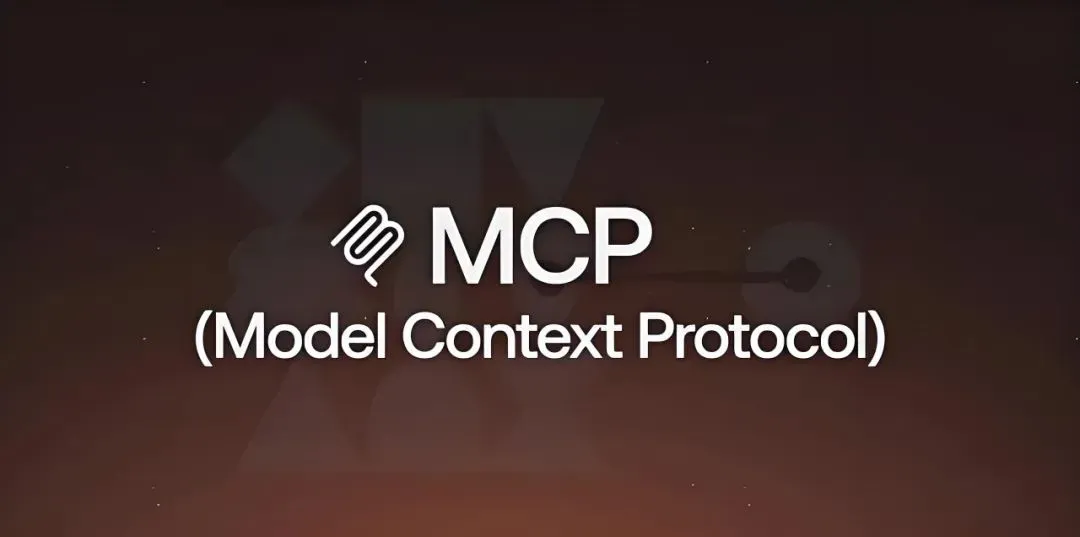
Discover Laravel MCP – Supercharge Your Laravel Apps with AI Integration
Hey PHP community! If you’re a Laravel developer eager to ride the AI wave, buckle up. Today, we’re diving into Laravel MCP, a game-changing package that brings the power of the Model Context Protocol (MCP) to your Laravel applications. Fresh from the Laravel team, this tool lets you seamlessly integrate AI agents—like Claude, Cursor, or…
-
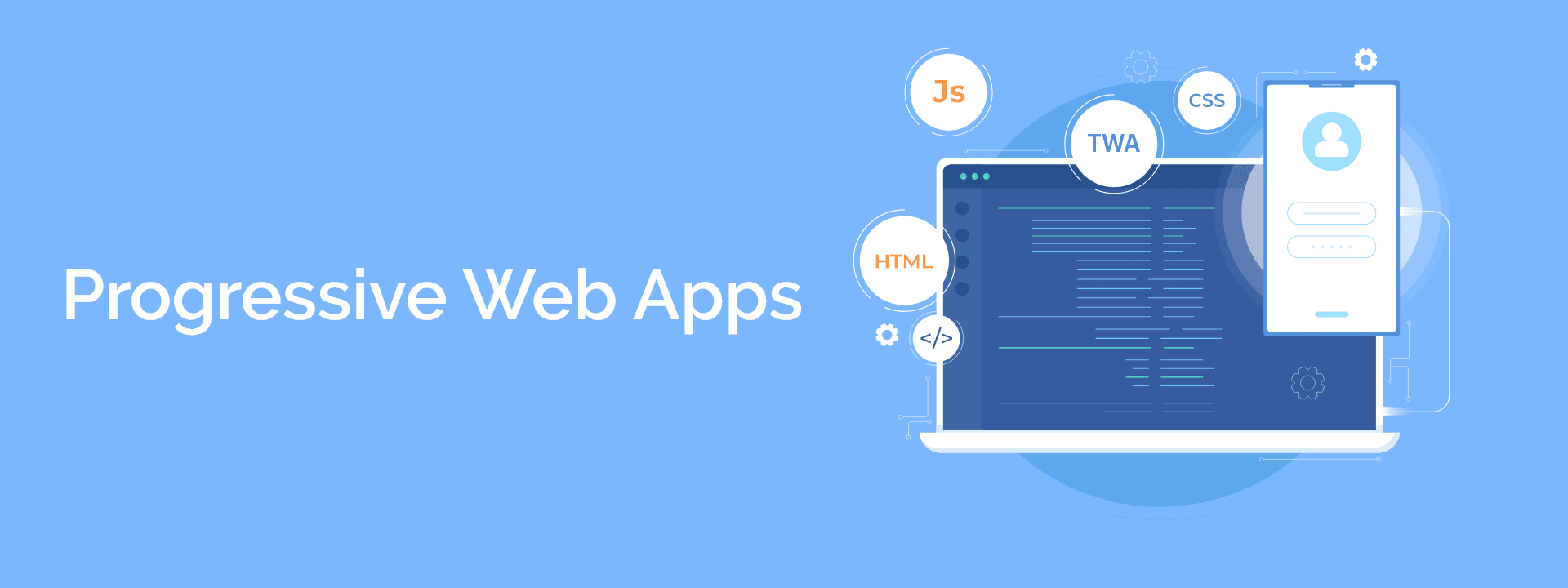
Unlocking the Potential of Progressive Web Apps (PWA) with PHP
Introduction Progressive Web Apps (PWA) is a term used to refer to websites, web applications, and even mobile applications that employ the latest web technologies to provide native-like experience and functionality to end users. The potential of PWAs is slowly being realized in the digital sphere, where they can now be used to replace traditional…
-
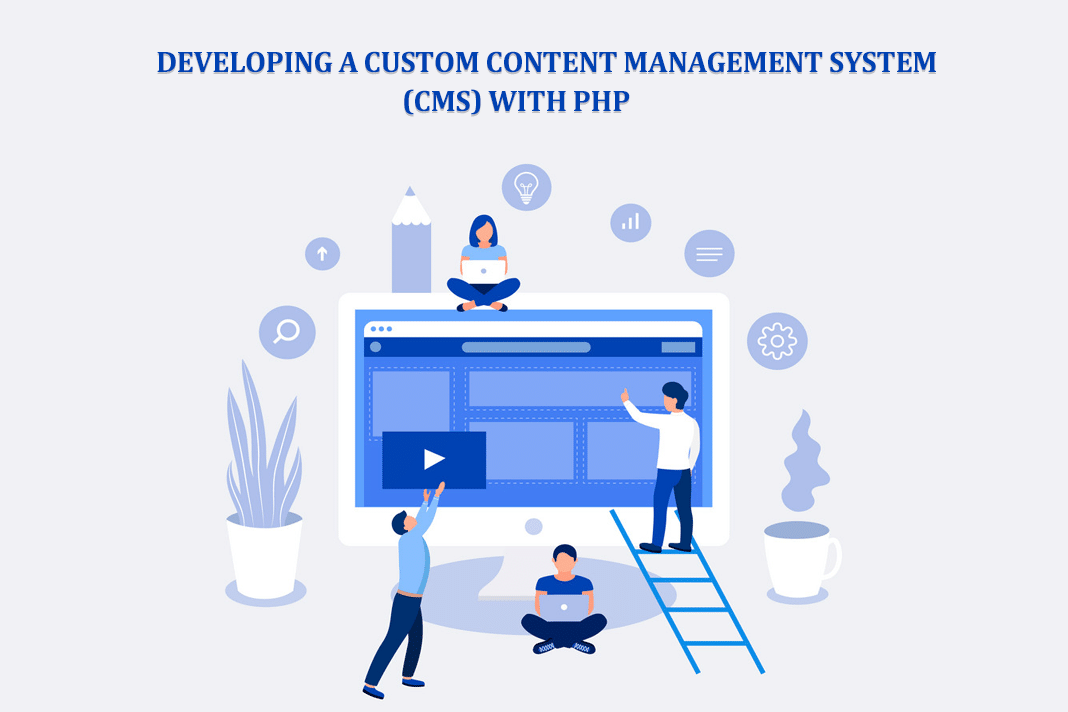
Creating Custom Content Management Systems (CMS) with PHP and Laravel
Creating a custom Content Management System (CMS) with PHP and Laravel can be a challenge for those unfamiliar with the technologies. A CMS is a platform that allows you to build websites and applications with features and capabilities that you can customize and control. It also makes it easy to update and manage the content…
-
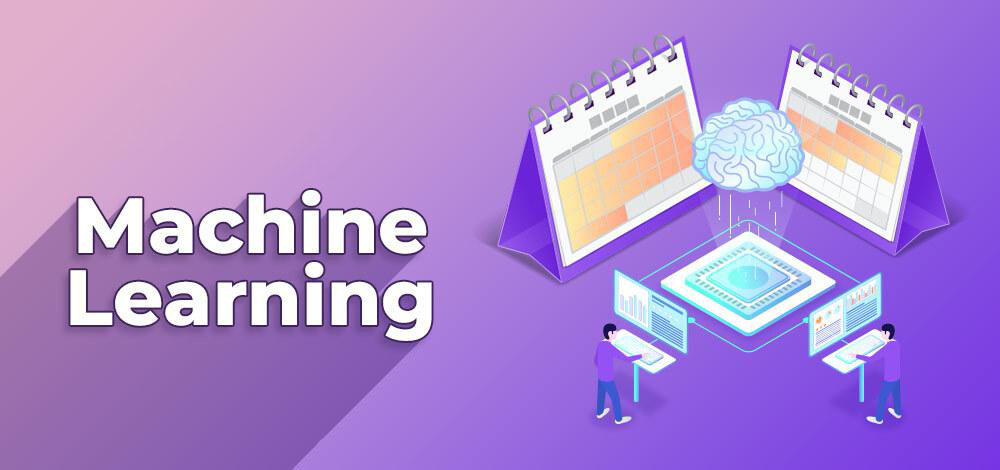
Leveraging Machine Learning with PHP: Practical Applications and Libraries
With advancements in technology and the growth of the internet, Human and Machine Intelligence have been able to work together to make sense of the burgeoning data generated by the modern age. As a result, Machine Learning has become a key factor in the development of many applications and services, with some estimating the Machine…
-

Securing PHP Applications: Best Practices for Web Application Security
Security is becoming increasingly important in the web development world. As technology advances, so do the threats to web applications. One of the most common and vulnerable targets for malicious attackers is the PHP platform. Because of this, it’s important that developers understand and follow best practices to ensure their applications are secure. The goal…
-
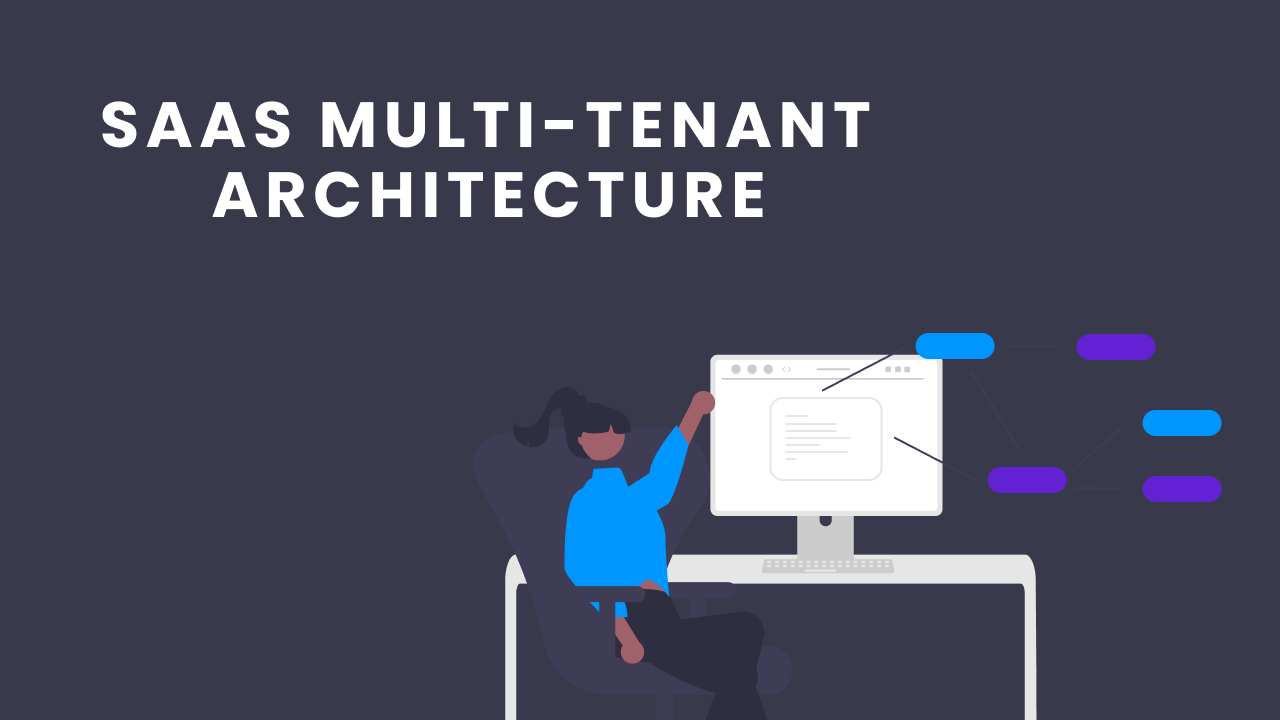
Implementing Multitenancy in PHP Applications: Strategies and Considerations
Multitenancy is a type of software architecture in which a single instance of a software application runs on a server and serves multiple clients. It is used by a variety of software products, such as enterprise applications, online services, cloud-based applications, and Internet of Things (IoT) applications. Multitenancy offers the advantage of economies of scale,…
-

Optimizing PHP Performance: Tips and Best Practices for Faster Applications
Optimizing a PHP application for performance can be a daunting task. There are many settings that need to be tweaked and best practices that need to be followed in order to achieve the best performance. This article will provide a high level overview of a few tips and best practices that can be used to…
-

Building Intelligent Chatbots in PHP: Integrating Natural Language Processing
Chatbot technology is nothing new. It was first developed in the 1960s and has been popularized over the years due to advances in natural language processing (NLP). Today, chatbot applications range from providing customer service to processing orders, and many more. The potential for chatbots is endless and utilizing these systems to create better user…
-
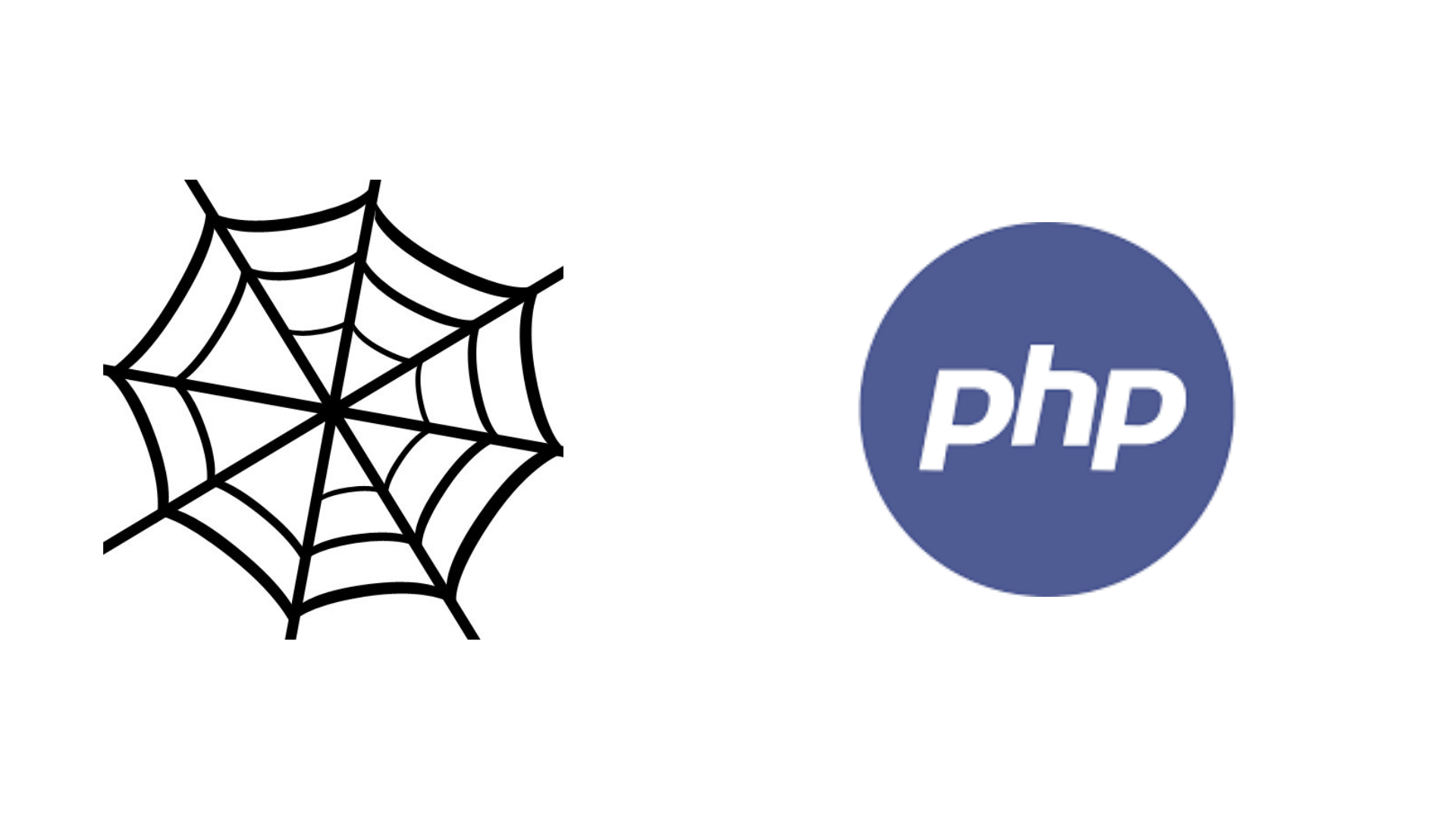
Web Scraping with PHP: Unlocking Data from the Web
Web scraping is a powerful tool for researchers, businesses, and hobbyists alike, allowing individuals to extract valuable data from the web and use it in their own projects. With web scraping, you can quickly and easily access large volumes of online data, giving you insight and control into digital resources. To make the most of…
-
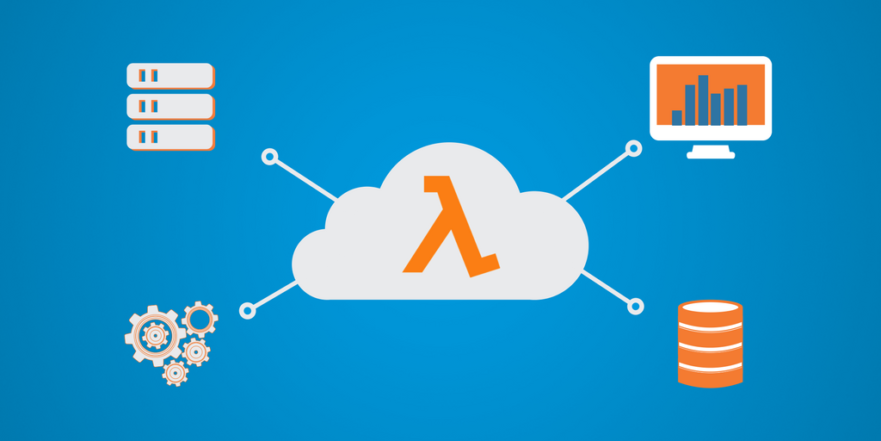
Unleashing the Potential of Serverless PHP: Exploring AWS Lambda and Other Serverless Platforms
In recent times, developers all across the world have been looking for effective ways to minimize cloud computing costs. While the cloud technology has been hailed as one of the best means of storing data and websites, it can be quite expensive due to the nature of the platform. Fortunately, serverless computing has emerged as…
-
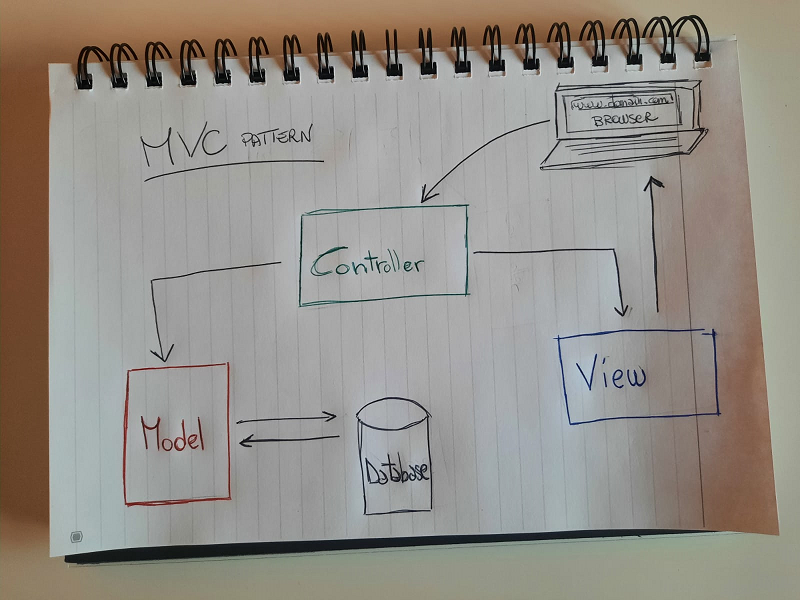
Going Beyond MVC: Exploring Alternative Architectural Patterns in PHP
The Model View Controller (MVC) architectural pattern is perhaps the most widely used design pattern for web development. It provides developers the necessary structure and foundation to effectively create software applications. The MVC model divides a web application into three distinct component layers: the model, view, and controller. Each layer interacts with one another –…
-
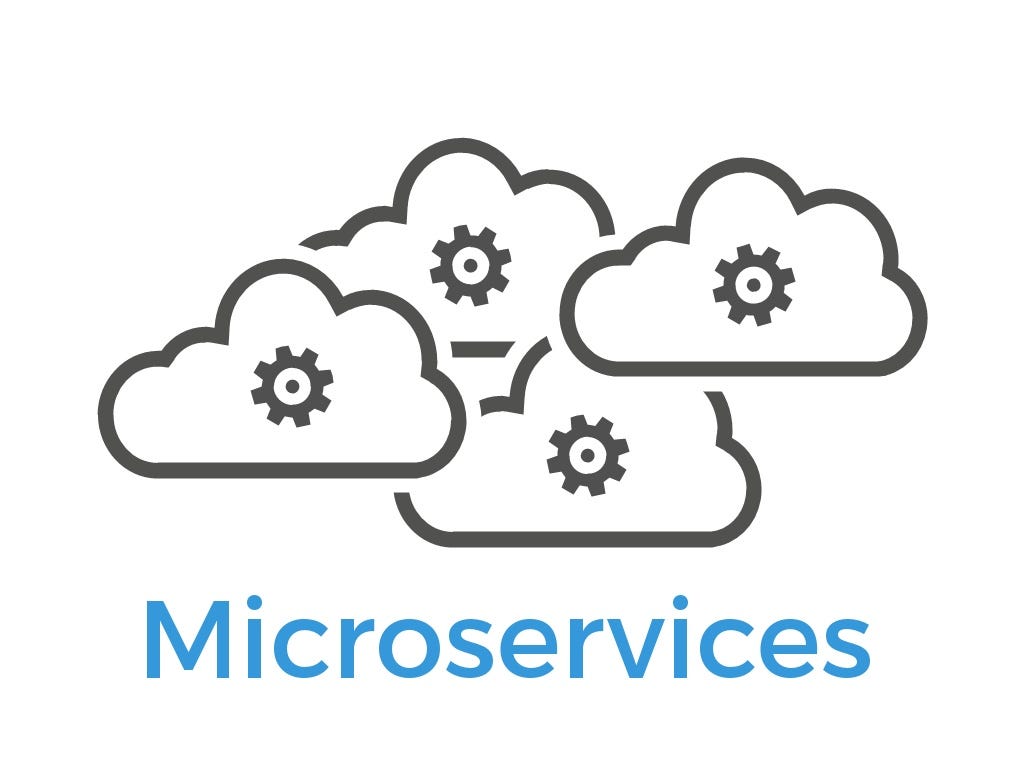
Demystifying Microservices Architecture with PHP and Docker
Microservices have become a hot topic in the software engineering world. They offer a way of structuring applications in a loosely coupled manner, allowing for greater responsiveness and scalability. In this article, we will demystify microservices architecture through an example using PHP and Docker. We will explore the different elements of a microservices architecture, discuss…
-
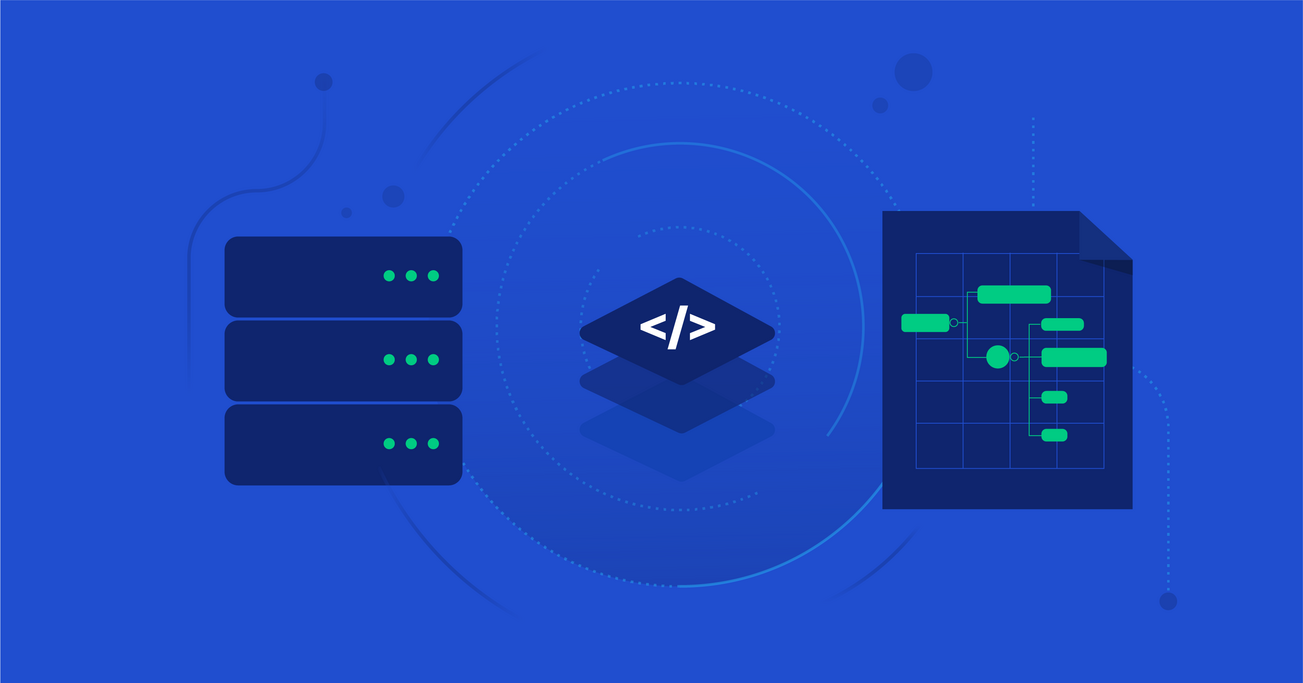
Exploring Reactive Programming in PHP: A Paradigm Shift in Web Development
Reactive programming is gaining a lot of traction across the software development industry. The most popular programming languages are often associated with powerful tools such as React, Angular, and Node.js, but fewer people realize the potential of reactive programming in PHP. PHP’s wide range of features and libraries make it ideal for reactive programming. This…
-
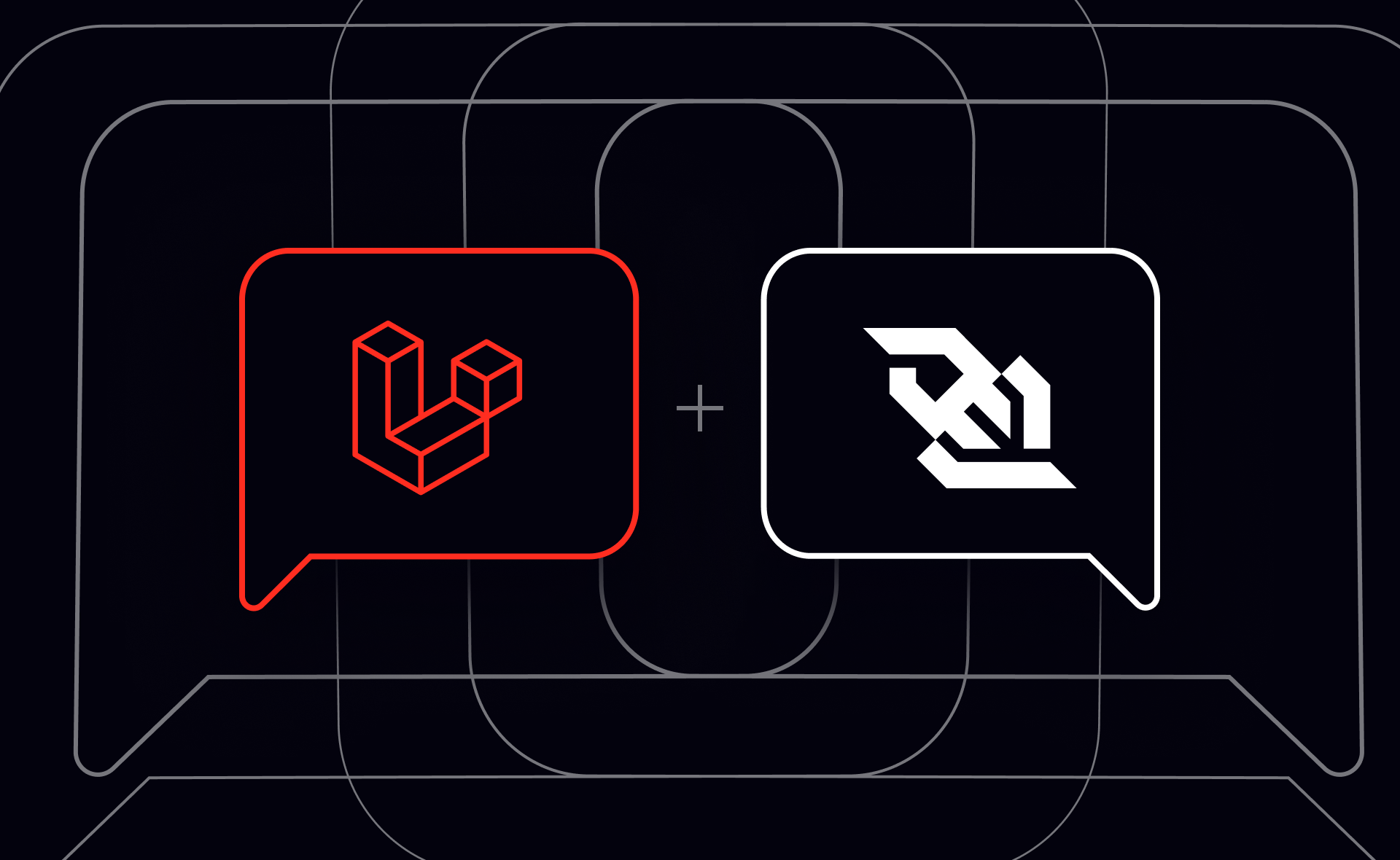
Building Real-Time Collaborative Web Applications with PHP and WebSockets
Real-time collaborative web applications have become one of the most popular web development activities of most digital-focused projects. The sheer number of real-time applications available today has led to the popularity of using server-side applications like PHP to quickly create powerful and responsive web applications that can provide seamless collaboration and data synchronization between different…
-
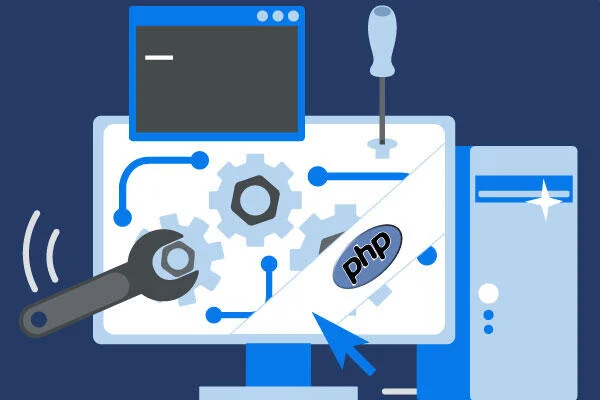
The Art of Building Scalable and Secure PHP Applications
Building scalable and secure PHP applications requires the right blend of best practices. Implementing the right processes, procedures, and protocols is key to ensuring the success of your app. In this article, we will discuss the basics of establishing a secure and scalable PHP application. We’ll first start by looking at three different types of…
